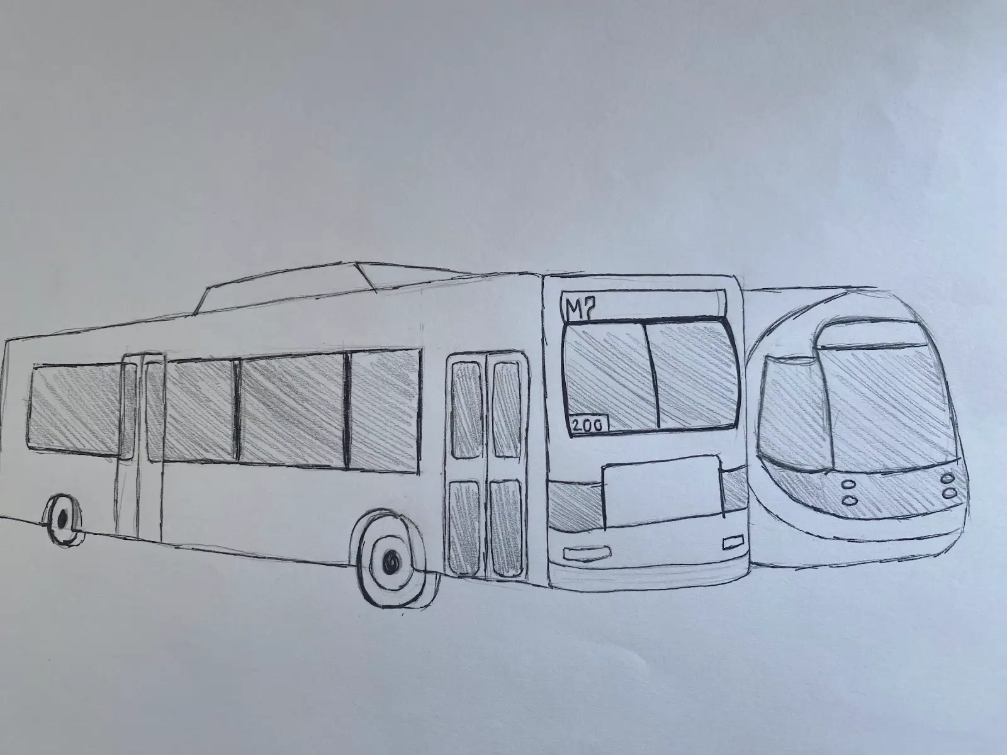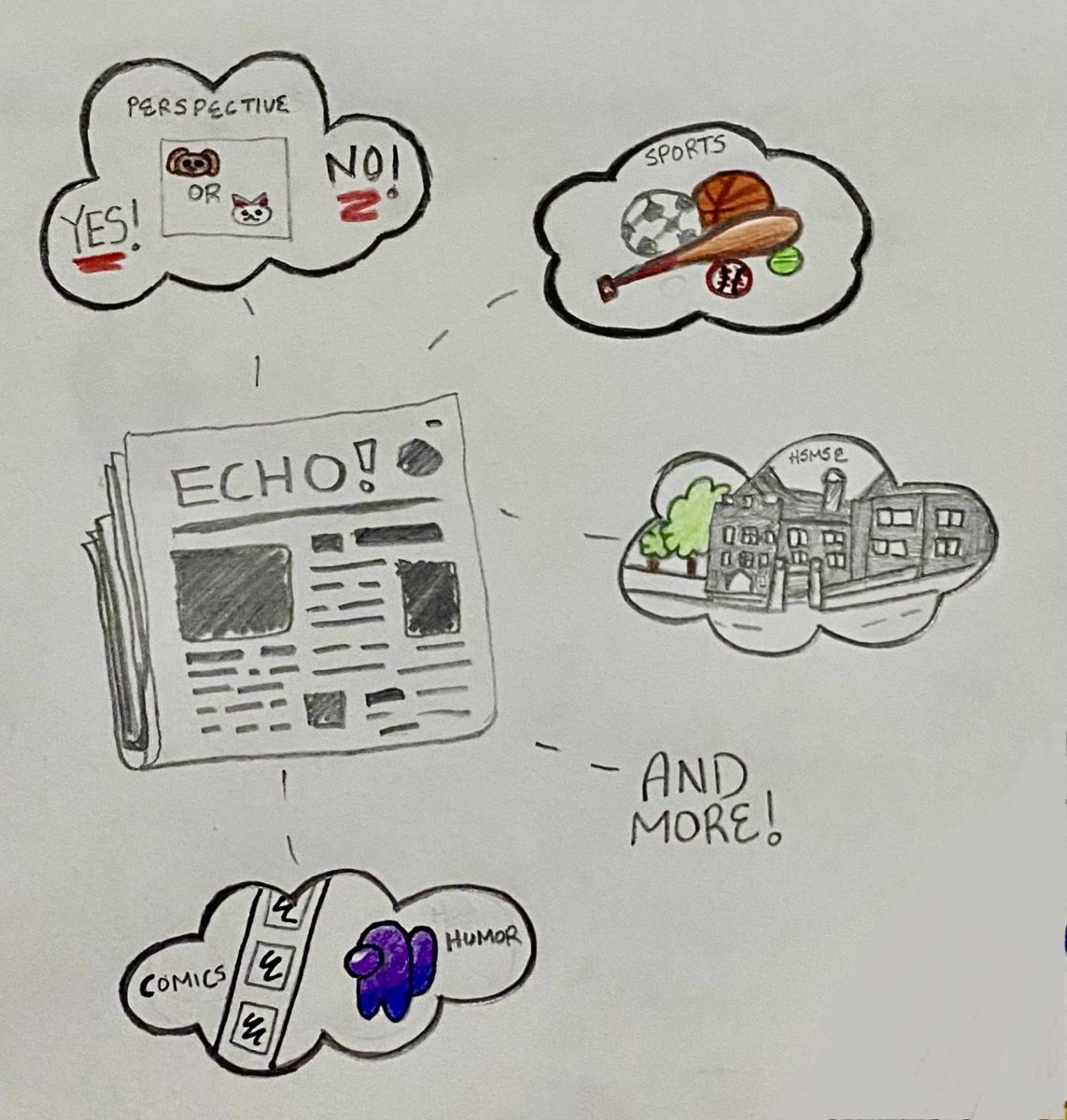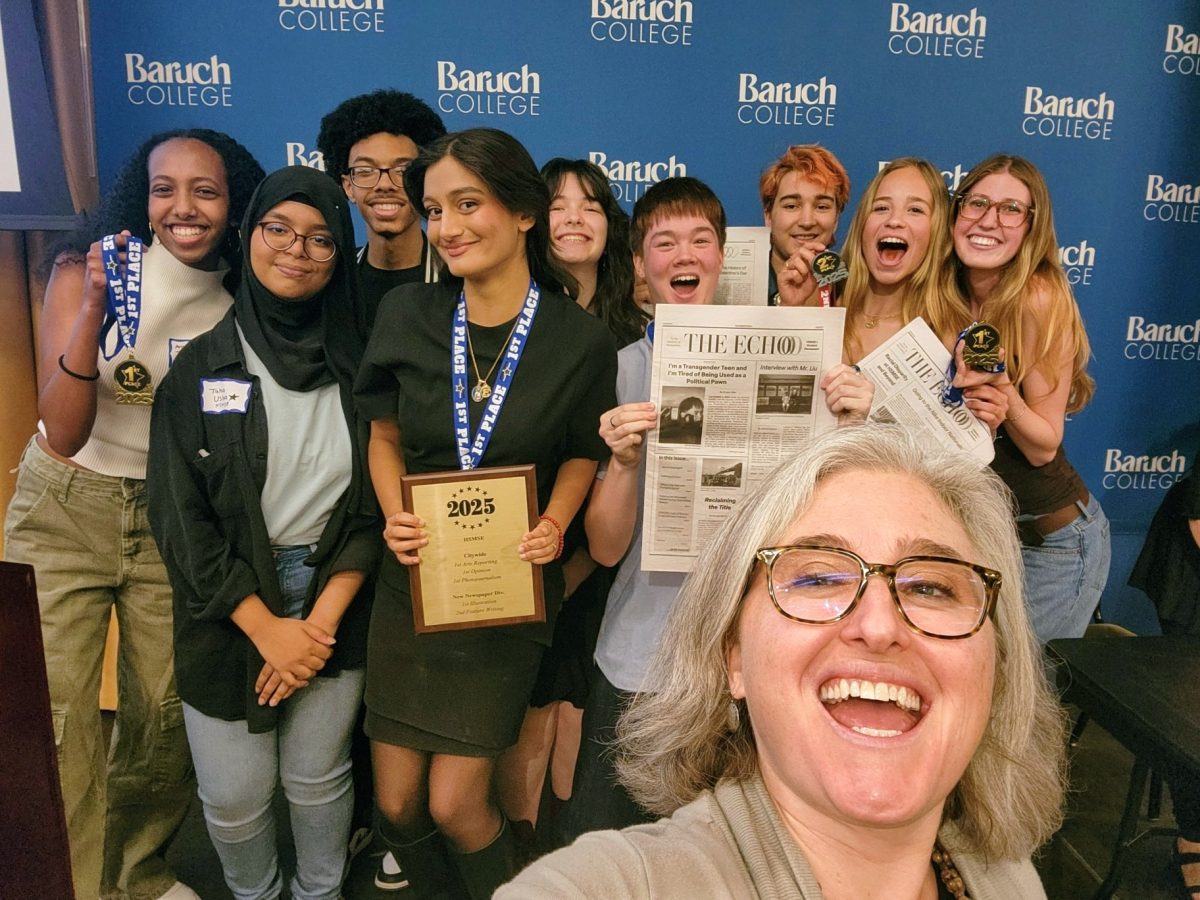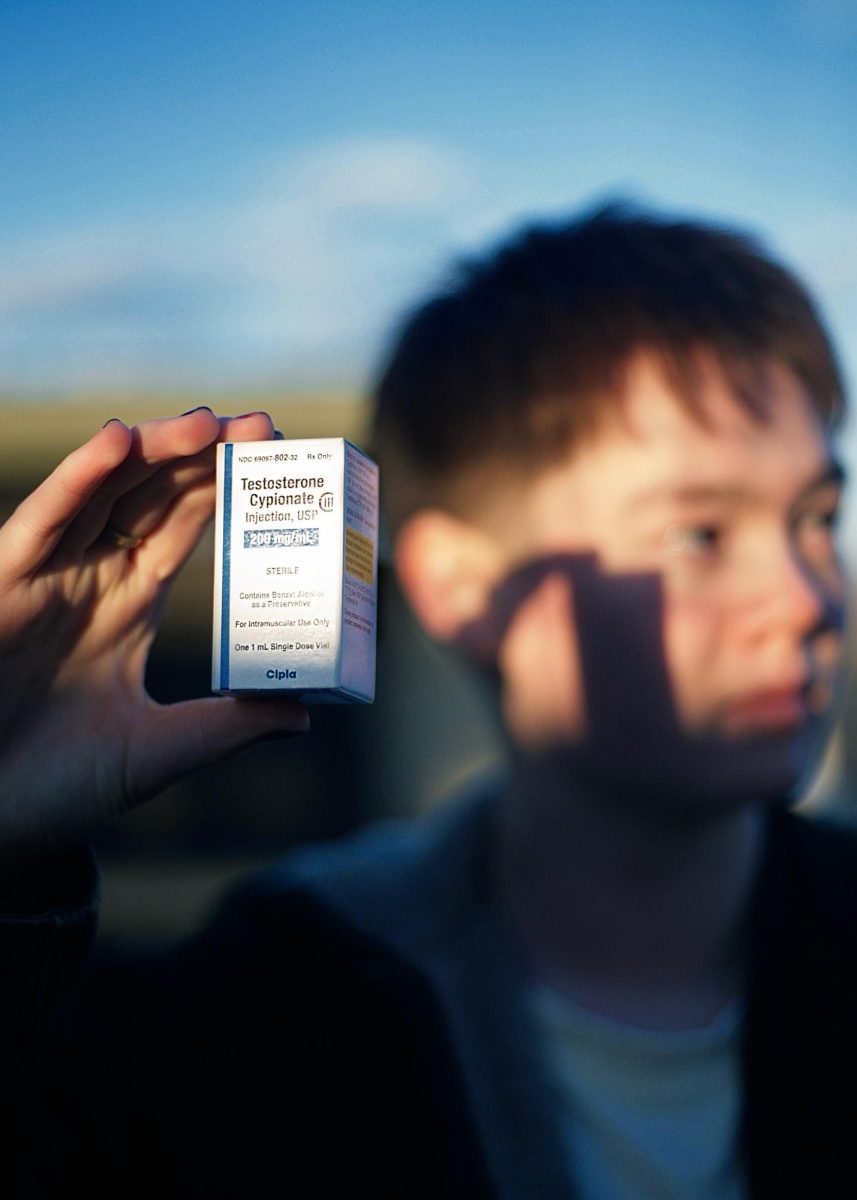In Fiscal Year 2024, the U.S. spent close to 200 billion dollars on grants for scientific research and development. Universities, hospitals, and private laboratories all receive federal grants, used to conduct research that aids us all.
With these grants, labs have been able to create and research world changing inventions. One example is the COVID-19 vaccine, which the U.S. spent billions of dollars researching and producing. Another is the smallpox vaccine, which made the world’s most deadly disease just another shot. Almost all of the drugs approved by the FDA have been partially funded by the U.S. government in some way. This is important because if the government were to remove this funding, the drugs that could be approved in the future would have no way to be developed.
One of the main goals of the current presidential administration is to lower taxes for wealthy Americans. To subsidize that loss in income, the government wants to defund and rescind federal grant money put towards science technology and research.
While the statement is technically true, it deserves an asterisk. The Trump Administration is trying to continue their 2017 initiative to reduce income taxes for corporations and individuals. Not just any individuals, though: only Americans in the highest tax bracket will receive this monumental break. Tax brackets are the way the U.S. determines how much money in taxes an individual needs to pay. The more money you bring in annually, the more money you will have to pay in taxes. Trump’s plan will decrease the amount of money the wealthiest Americans are having to pay in taxes. But where is he going to get the money for this? When tax breaks occur, the U.S. either needs to absorb the cost, or cut spending in other areas. President Trump is attempting to do the latter. His administration intends on targeting U.S. national grants for scientific research and development programs.
There are research projects and experiments being done in labs all over the country, with many of these labs being in universities and colleges. Because the schools rely on federal funding for almost all of the costs, the cutbacks to their funding have forced some labs to shut down or go on indefinite hiatus. Some of these labs that have to close their doors have ongoing research projects and materials that have taken years, even tens of years, to build and cultivate.
Labs such as Dr. Clarissa Henry’s lab in the University of Maine are doing important research into the human body and how muscle dystrophy affects the body. Labs like hers are involuntarily closing this year due to the cuts of their federal funding. After a lab is shut down, all of the resources that were being used in it are destroyed. As a result, we as a scientific society are no longer able to continue this crucial research that has aided and could aid in the health and wellbeing of the general public.
HSMSE has two science-based tracks dedicated to science and research. One of these tracks, the Mt. Sinai track will be negatively impacted by the cuts to national grants. Millions of dollars are awarded to Mt. Sinai by the U.S. Government to conduct their necessary research, and if that money were lost, the HSMSE students who choose to pursue their interest in science in a professional lab could lose that opportunity. Additionally, all the students who choose to do the general science track will be affected, as their college opportunities will become increasingly scarce and limited. This means that there will be a generation of scientists who won’t be able to do impactful research for the betterment of the world.






























![[ERROR]: Lack of Women in the Software Industry](https://theechohsmse.com/wp-content/uploads/2024/12/APC_0280-984x1200.jpeg)









